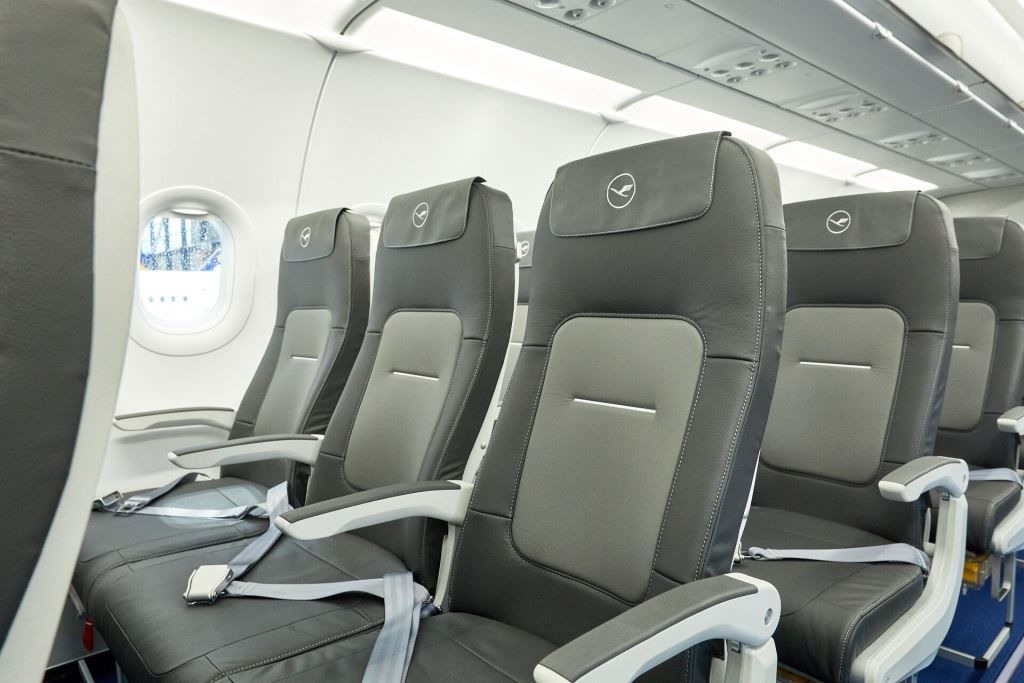
A fare basis code is an alphanumeric code used in the airline industry to define the rules and restrictions associated with a particular fare. These codes are typically composed of several letters and numbers and are assigned to each fare class offered by an airline.
Fare classes provided by airlines offer valuable insights into your ticket. They indicate the price you’re paying, the booking conditions like advance purchase requirements or minimum stay durations, and the level of flexibility you have regarding changes or cancellations.
Additionally, fare classes influence seat availability, with higher fare classes usually offering more options for seat selection, especially during busy travel periods. They also determine how frequent flyer miles or points you’ll earn for your flight.
Moreover, certain fare classes may qualify you for upgrades to a higher class of service, such as from economy to premium economy or business class. Understanding your fare class helps you make informed decisions about your travel plans, considering factors like cost, flexibility, and potential rewards or benefits.
Here are a few typical fare codes that are the same across all airlines:
- Y: Full-fare economy-class ticket.
- W: Premium economy.
- J: Full-fare business-class ticket.
- F: Full-fare first-class ticket.
Special fare classes:
- CB: Indicates an extra seat for cabin baggage
- IN: Infant fare
- CH: Child’s fare
- CL: Clergy fare
- DP: Diplomat
- PG: Pilgrim
- YCA: Contracted military/U.S. government fares

